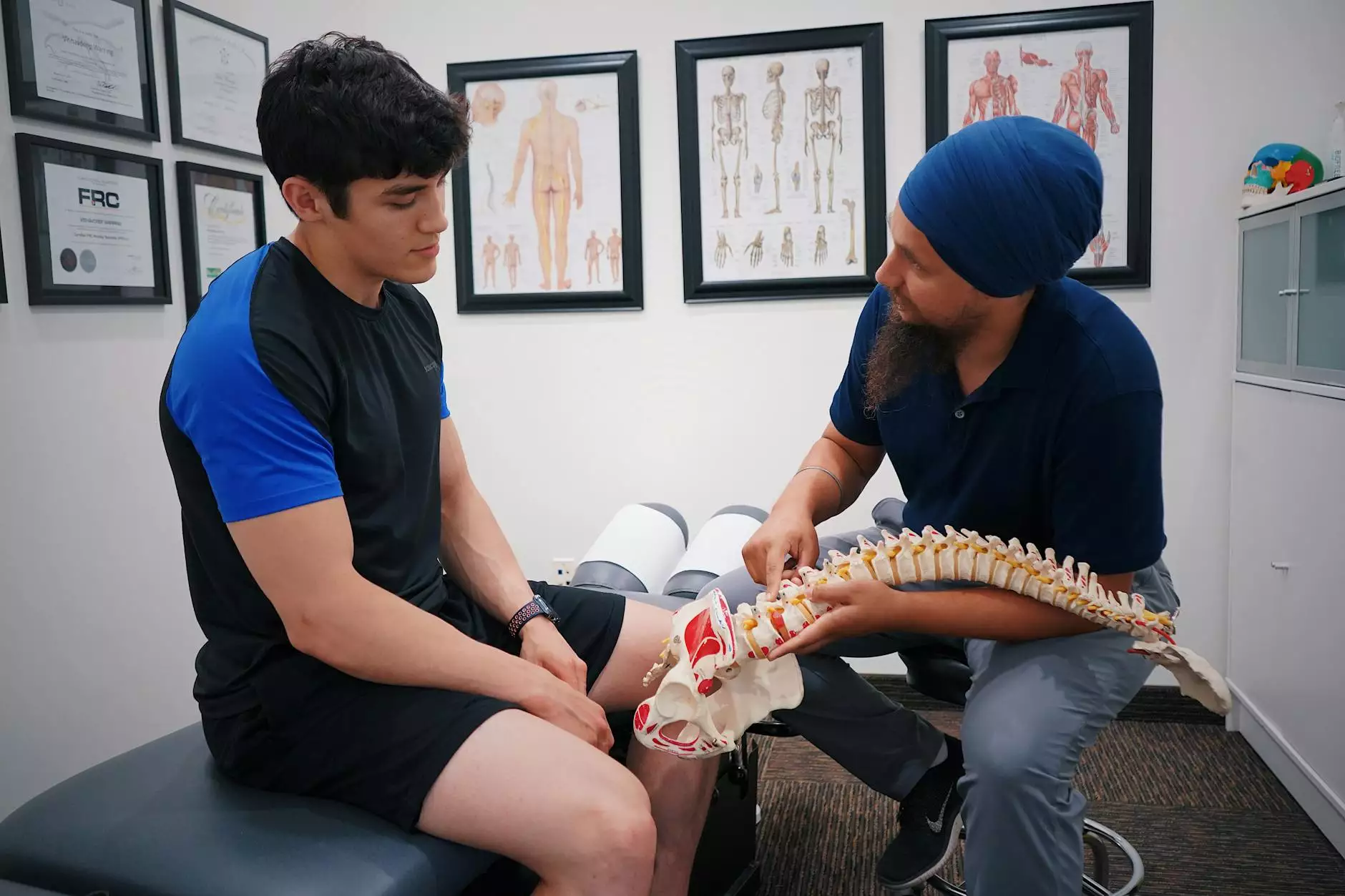Diastasis Recti (Abdominal Muscle Separation)
Blog
Welcome to Regency Square Care Center's blog, where we provide comprehensive information on Diastasis Recti (Abdominal Muscle Separation). Our aim is to educate and empower individuals who are affected by this common condition. In this article, we will delve into the details of Diastasis Recti and provide you with valuable insights on how to manage and overcome it.
Understanding Diastasis Recti
Diastasis Recti is a condition characterized by the separation of the rectus abdominis muscles, commonly known as the "six-pack" muscles. It occurs when the connective tissue, known as the linea alba, becomes stretched and weakened, leading to a visible protrusion or bulge in the abdominal area. This condition typically affects women during and after pregnancy, but can also occur in men and individuals who have undergone rapid weight gain or intense abdominal exercises.
The Symptoms
Diastasis Recti can manifest with various symptoms, including:
- A noticeable bulge or dome-shaped protrusion in the middle of the abdomen.
- An increase in the separation between the abdominal muscles.
- Lower back pain or discomfort.
- Poor posture and core weakness.
- Difficulty performing certain movements, such as sitting up or lifting heavy objects.
The Causes
Several factors contribute to the development of Diastasis Recti:
- Pregnancy: As the uterus expands to accommodate the growing baby, it puts increased pressure on the abdominal muscles, causing them to separate.
- Excessive weight gain: Rapid weight gain can stretch the abdominal muscles, leading to diastasis.
- Incorrect exercise techniques: Inappropriate abdominal exercises or the incorrect execution of exercises can strain and weaken the abdominal muscles.
- Genetics: Some individuals may be more prone to developing Diastasis Recti due to genetic factors.
Managing and Treating Diastasis Recti
If you suspect that you have Diastasis Recti, it is important to consult with a healthcare professional for an accurate diagnosis. A healthcare provider, such as a physical therapist or a specialized postpartum fitness expert, can develop a personalized treatment plan based on your specific condition and needs.
Exercises and Physical Therapy
Physical therapy and targeted exercises play a crucial role in Diastasis Recti management. A specialized physical therapist can guide you through exercises that help strengthen the weakened abdominal muscles and promote proper alignment. These exercises often focus on activating the transverse abdominis, the deepest layer of abdominal muscles responsible for core stability.
Abdominal Binders and Supportive Garments
Wearing an abdominal binder or a specialized supportive garment can provide external support to the abdominal area and help bring the separated muscles closer together. These garments are designed to be worn during activities that may exacerbate the condition, such as heavy lifting or intense physical exertion.
Posture and Body Mechanics
Improving posture and adopting proper body mechanics are essential in managing Diastasis Recti. Slouching and incorrect movement patterns can further strain the weakened abdominal muscles. Engaging the core muscles and maintaining good alignment throughout daily activities can help prevent worsening of the condition and promote healing.
Lifestyle Modifications
Sometimes, certain lifestyle modifications can positively impact Diastasis Recti. These may include altering certain movements or avoiding exercises that put excessive pressure on the abdominal muscles, maintaining a healthy weight, and managing any underlying medical conditions that may contribute to the condition.
Preventing Diastasis Recti
While it may not be entirely preventable, there are steps you can take to reduce the risk of developing Diastasis Recti, especially during pregnancy. These include:
- Engaging in appropriate prenatal exercises that strengthen the core muscles and promote overall fitness.
- Avoiding excessive weight gain during pregnancy.
- Using proper body mechanics when lifting or performing everyday activities.
- Following your healthcare provider's guidelines for postpartum exercises and gradually easing back into physical activity.
- Consulting with a physical therapist or a specialized postpartum fitness expert for guidance on maintaining optimal abdominal muscle health.
Expert Care at Regency Square Care Center
At Regency Square Care Center, we understand the impact of Diastasis Recti on individuals' quality of life. Our experienced healthcare professionals are dedicated to providing comprehensive care and support to those dealing with this condition. Through a multidisciplinary approach, including physical therapy, exercise programs, education, and personalized treatment plans, we strive to help individuals manage Diastasis Recti and regain strength, function, and confidence.
If you need guidance, have questions, or would like to schedule an appointment, please contact Regency Square Care Center today. Our team is ready to assist you on your journey towards optimal abdominal muscle health and overall well-being.










